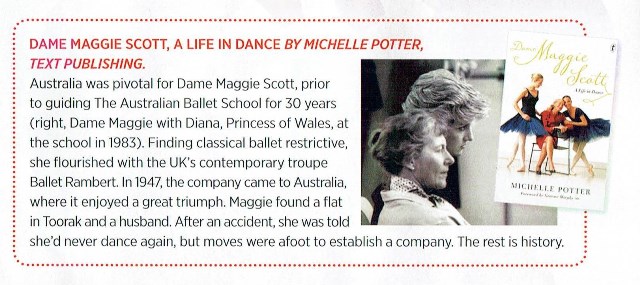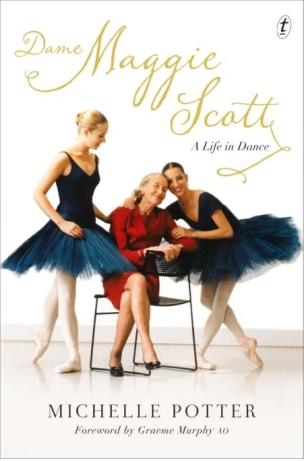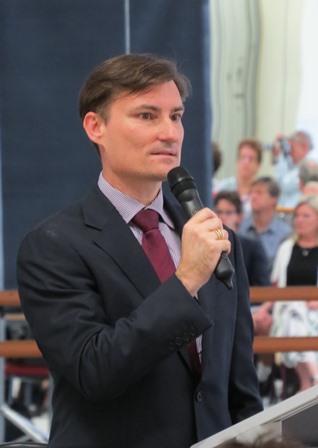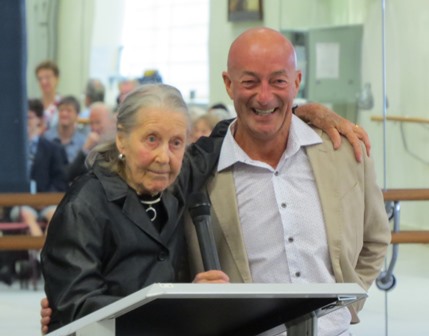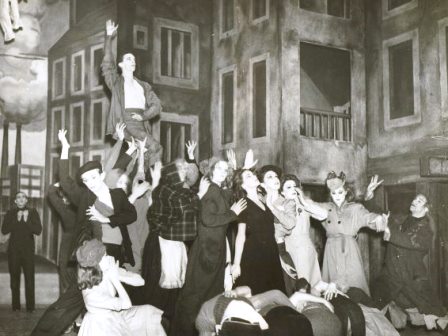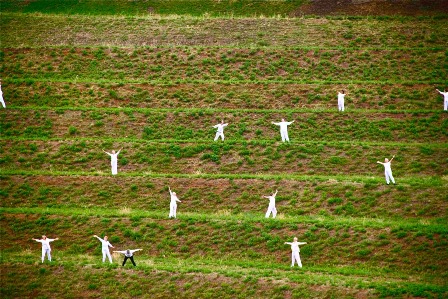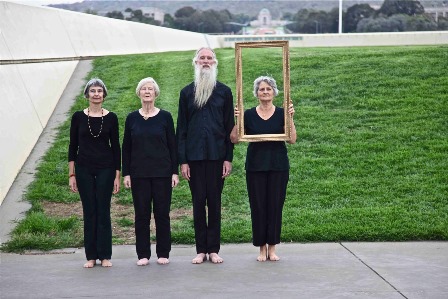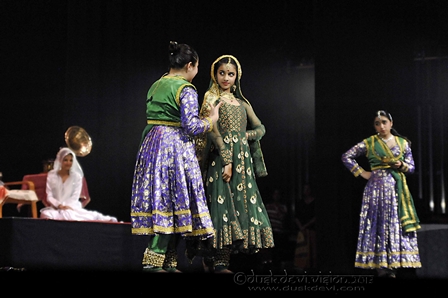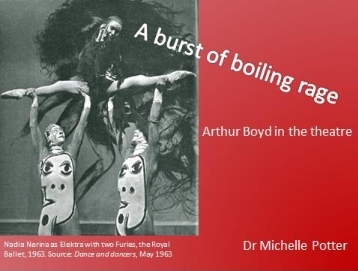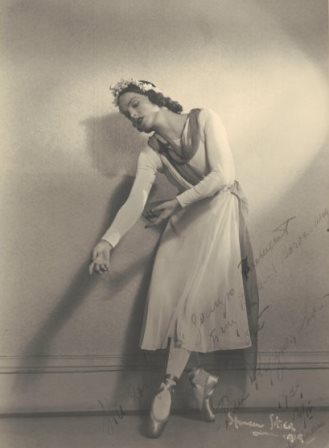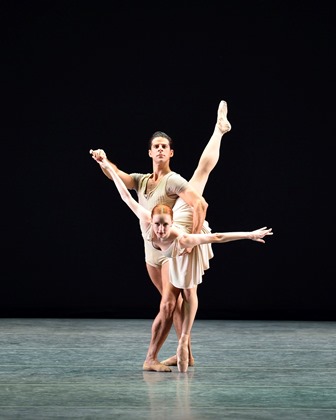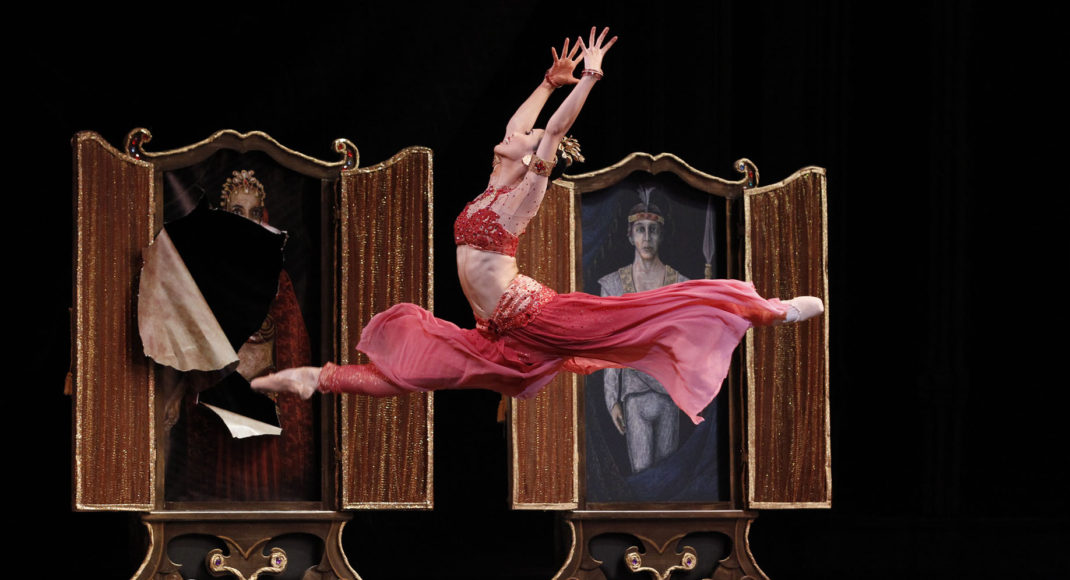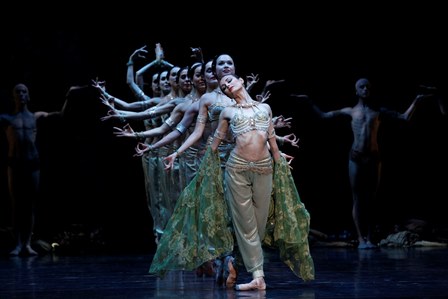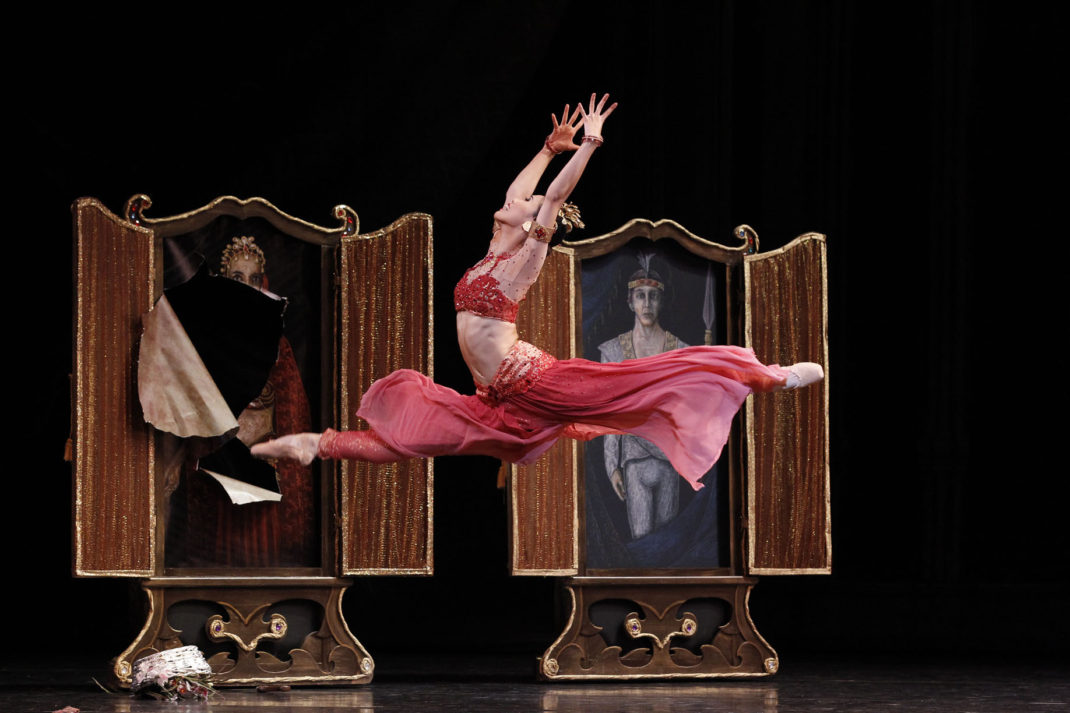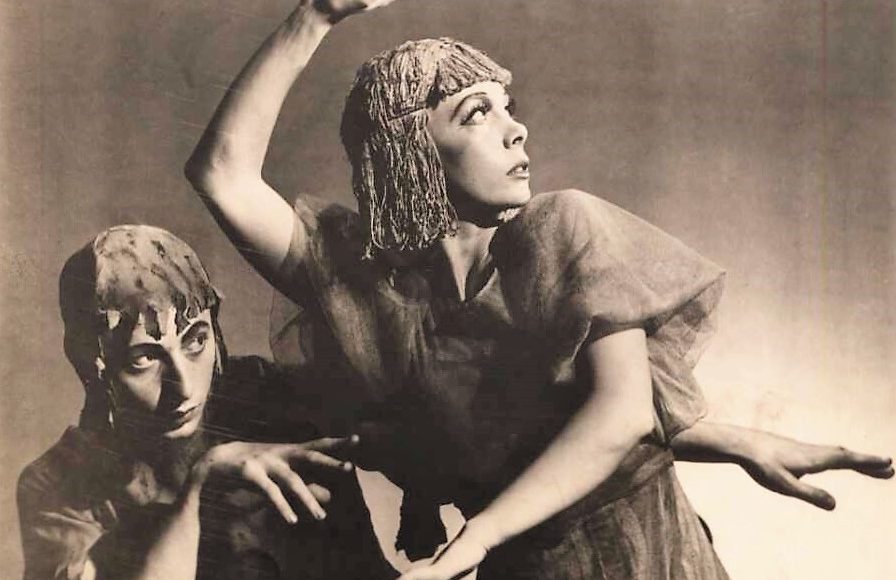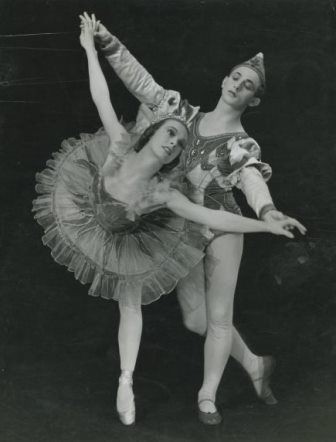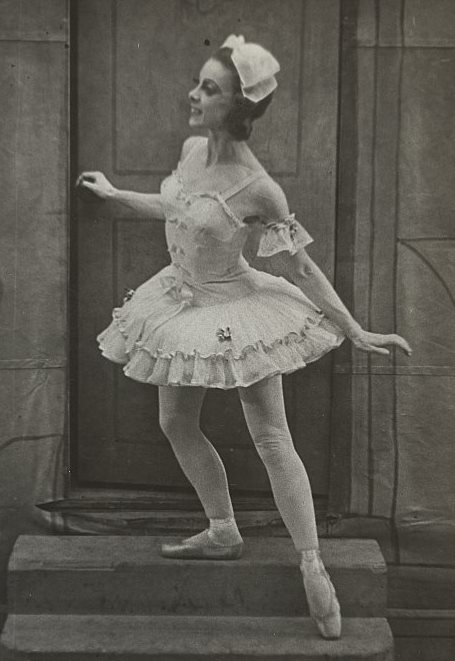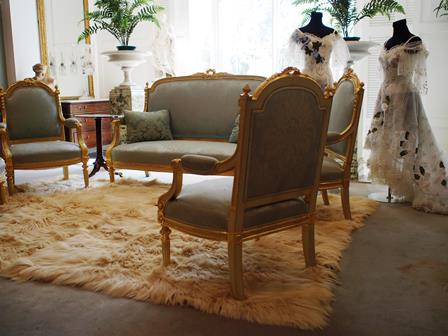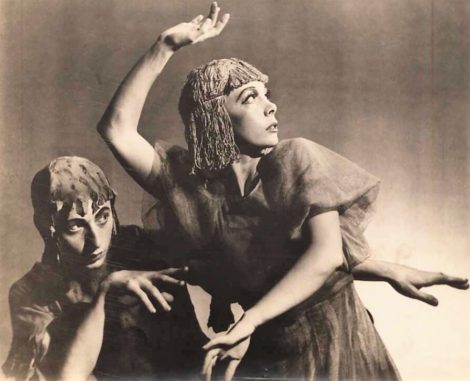18 October 2014 (evening), Royal Opera House, Covent Garden
The prospect of four works by Frederick Ashton on the one program is something that fills those not brought up in an Ashton environment with anticipation. Of the four works on the Royal Ballet’s recent program, Scènes de Ballet, Five Brahms Waltzes in the Manner of Isadora Duncan, Symphonic Variations and A Month in the Country, I had never seen Five Brahms Waltzes and had seen the others on only one previous occasion each.
Symphonic Variations, led by Marianela Nuñez and Vadim Muntagirov supported by Yasmine Naghdi and James Hay and Yuhui Choe and Tristan Dyer, perhaps moved me most. What clarity and fluidity those six dancers brought to the work. It was a breathtaking performance where everyone was a star, although perhaps it was Muntagirov, with his elegant bearing and his exceptional technical accomplishments, who attracted my attention most. But the ballet as a whole was beautifully danced to an elegant rendition by pianist Paul Stobart of Cesar Franck’s Symphonic Variations. And I had forgotten how fresh and entrancing Sophie Fedorovitch’s decor is—a spring green, box-like space with fine black lines weaving a flowing pattern across the backdrop and flats. It was a sensational twenty minutes of unstoppable beauty of movement. No in depth analysis can ever do it justice.
Five Brahms Waltzes was danced by Helen Crawford, replacing an injured Lauren Cuthbertson. The sense of gravity and weight in her dancing in the first and second waltzes contrasted nicely with her performance of the third waltz in which she manipulated a soaring rectangle of silk. Equally impressive was the contrast between a somewhat fierce fourth waltz and the gentle fifth with its rose petals falling liberally from her arms. I loved too the contrast between those light skips à la Isadora and the lower, almost crouching poses with fists clenched that appeared every so often. It was a finely thought through performance.
Scènes de ballet, which opened the program, was distinguished by the presence of Sarah Lamb as the ballerina. The quality of her dancing was especially noticeable in her main solo with its loosely swinging wrists and arms and lyrical movement of the whole body. But this ballet really needs to have every performer dancing with exactness. I missed straight lines, equal spacing and sameness in height of legs. The geometry of the work falls apart without such precision. And it was a disappointment to see Steven McRae, who partnered Lamb, begin with such promise—those sharp turns of the head and the pride with which he held his upper body were mesmerising—only to falter often as the work progressed.
The program closed with A Month in the Country and I found myself swept along by a strong performance from Zenaida Yanowsky as Natalia Petrovna and by Ashton’s ability to define characters through movement. The young, the old, different levels of society, everything was there in the choreography.
It was a real pleasure to see four quite different Ashton works brought together in one program but it was curious to see how those little runs on pointe kept appearing over and over. I was almost waiting for the next one by the time we reached A Month in the Country.
Michelle Potter, 22 October 2014
